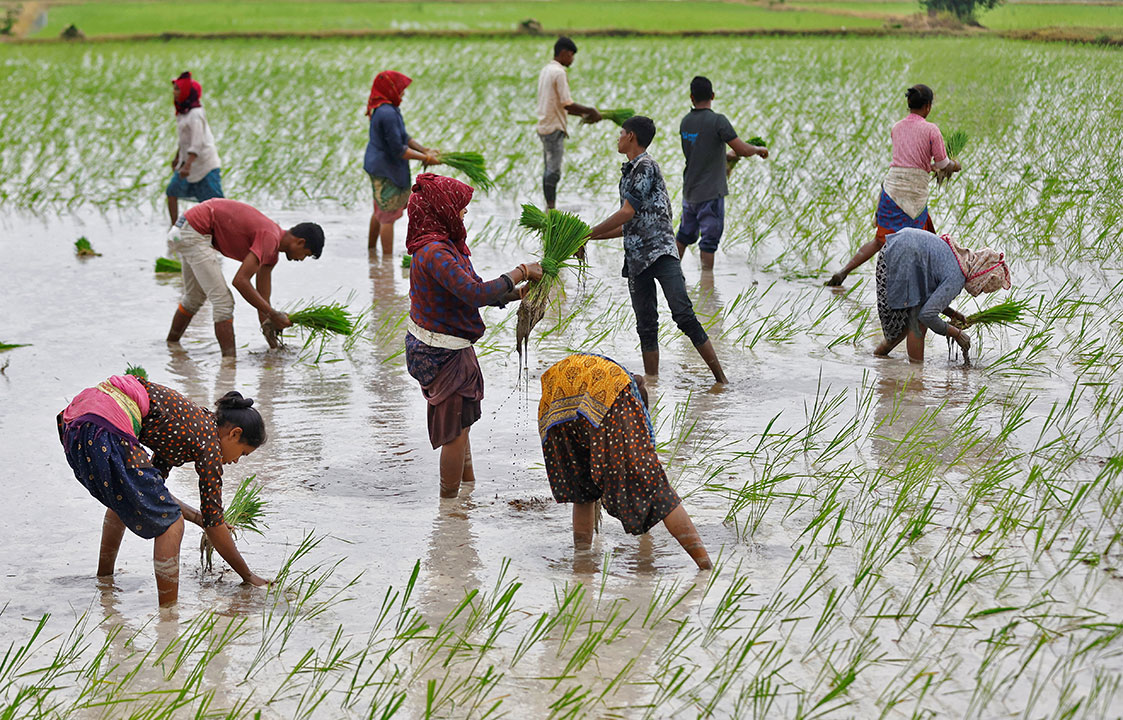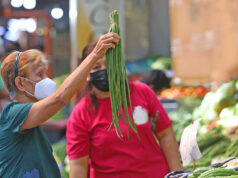India eases ban on white rice exports, gives PHL top quota

THE INDIAN government said on Wednesday that it eased its ban on exporting non-basmati white rice, and gave the Philippines a quota of 295,000 metric tons (MT), the largest share among selected destination countries.
India also cleared exports of the commodity to Nepal, Cameroon, Cote d’ Ivoire, Guinea, Malaysia, and the Seychelles, India’s director of Foreign Trade said in a statement.
India, the world’s largest exporter of white rice, had suspended exports of non-basmati white rice earlier this year amid concerns over domestic supply, putting upward pressure on international prices. White rice is the variety most commonly traded internationally, while basmati is the preferred domestic Indian variety.
The Philippines typically imports rice from Southeast Asia because regional trade agreements grant ASEAN grain a tariff advantage. The food inflation crisis of early 2023 forced the Philippines to admit non-ASEAN rice on more favorable terms.
Raul Q. Montemayor, national manager of the Federation of Free Farmers, said that the Indian concession does not a guarantee access to Indian rice.
“(Import decisions) depend on the price (and) quality,” Mr. Montemayor said in a Viber message.
“In the past, our importers had not purchased rice from India despite significantly lower prices, most probably due to concerns about quality and reliability of supply,” he added.
Agriculture Senior Undersecretary Domingo F. Panganiban said in a statement in August that the Philippines had appealed to the Indian government to continue allowing rice shipments to the Philippines on humanitarian grounds.
Agriculture Undersecretary Leocadio S. Sebastian told reporters on Monday that Philippine rice imports could drop to 3.1 million MT amid higher global rice prices.
The US Department of Agriculture expects the Philippines to be the world’s top rice importer this year, with shipments of about 3.8 million MT.
Mr. Montemayor said Philippine demand for imported rice is between 2.5 million and 3 million MT, describing any volumes from India as “not that significant, even assuming we import (the entire quota),” he added. — Adrian H. Halili



